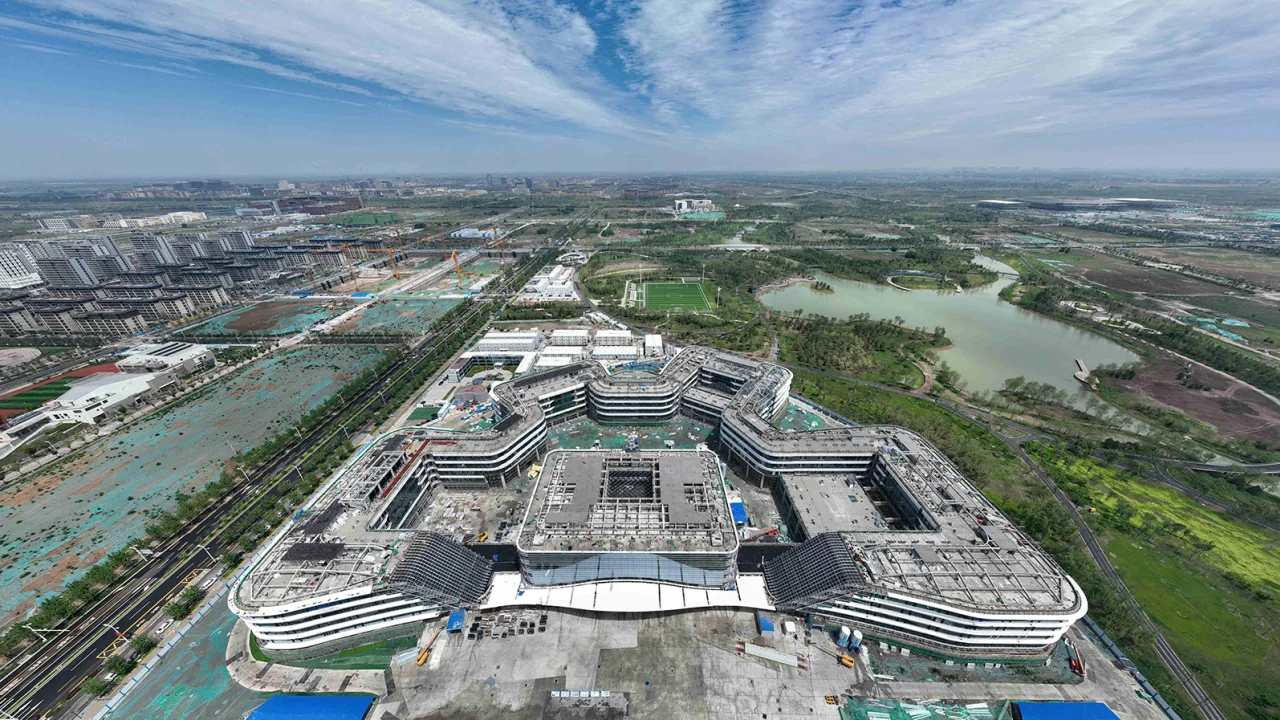Xi Jinping is building a dream city. Devastating floods raise questions about his plan
by Admin

On a gray day in late February 2017, Chinese leader Xi Jinping gathered with a handful of close advisers to survey crop fields and polluted wetlands some 100 kilometers (62 miles) south of the capital Beijing.
Just over a month later, the future of those hinterlands would change drastically, as China announced Xi’s plan of “1,000-year significance” to transform the area into an eco-friendly, high-tech hub that would serve as the sub-capital of the country and a new model for urban planning.
At the time, the plan to launch the “Xiong’an New Area” raised questions – including over how the new city would cope with the environmental challenges known to plague the low-lying, marshy area, which is prone to flooding and drought.
Six years on, those questions have returned as Beijing and surrounding Hebei province, where Xiong’an is located, grapple with the fallout from record rains and flooding that killed dozens and displaced more than 1.5 million people in late July and early August.
Xiong’an’s main urban areas, where offices for dozens of state-owned enterprises are under construction, did not report major flooding.
But the surrounding devastation has underscored concerns about the decision to build a multibillion-dollar city in a flood-prone plain.
As heavy rains moved toward the region in late July, China’s top flood control officials met to hash out their response plan. Among their priorities was to keep the capital Beijing and Xiong’an “absolutely safe” – a demand repeated numerous times in the days to come.
The mountainous western outskirts of Beijing were hit first, as flash floods unleashed by the heaviest rains in 140 years washed away cars, bridges and roads.
Further downstream, officials had to make difficult decisions about how to manage the churning flood waters that gushed out of the mountains into the rivers snaking through cities, villages and farmlands on the plains of Hebei.
On July 30, the first of the decisions was made to discharge water into the “flood storage zones” – designated areas for the emergency overflow of flood waters, which were home to hundreds of thousands of people.
Zhuozhou, a city south of Beijing, took the worst hit, with streets, homes and neighborhoods inundated in meters of murky water. On social media, some residents claimed they did not receive advance warning, others said the evacuation notices arrived too late or did not explain how serious the situation was.
On a gray day in late February 2017, Chinese leader Xi Jinping gathered with a handful of close advisers to survey crop fields and polluted wetlands some 100 kilometers (62 miles) south of the capital Beijing. Just over a month later, the future of those hinterlands would change drastically, as China announced Xi’s plan of…
Recent Posts
- Liverpool ends 15-year curse with statement win over Real Madrid
- The TSA-approved hack that allows travelers to bring a bottle of water through airport security
- Подводный WiFi, аквапонные фермы: как морские техностартапы привлекают инвесторов
- “Подводный интернет”: эта женщина может подключить беспроводную сеть на 3-километровой глубине
- Inside the wild world of Osaka’s dangerous, adrenaline-fueled float festivals